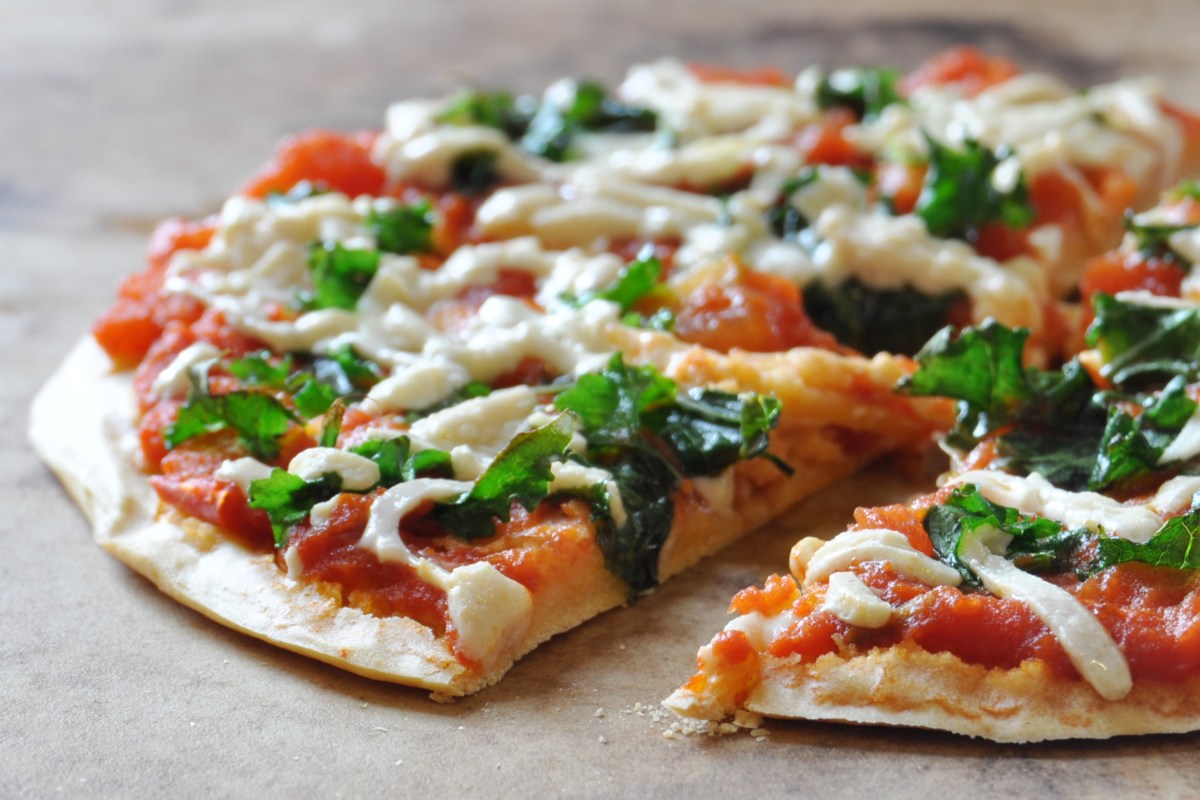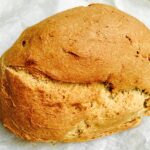Embark on a culinary journey exploring the vibrant world of gluten-free pizza crusts! This exploration dives deep into two popular alternatives: cauliflower and chickpea flour. We’ll uncover the nutritional nuances, delve into diverse recipes, and uncover the secrets to achieving that perfect crispy texture. Prepare to be captivated by the diverse tastes and textures, as we navigate the exciting landscape of gluten-free pizza making.
From market trends and consumer preferences to detailed recipe breakdowns and expert cooking techniques, this comprehensive guide illuminates the path to creating delicious and healthy gluten-free pizzas. We’ll compare nutritional profiles, analyze consumer feedback, and equip you with the knowledge to confidently craft your own masterpiece, regardless of whether you choose the delicate lightness of cauliflower or the robust heartiness of chickpea flour.
Nutritional Comparison of Crust Types

Choosing between cauliflower and chickpea flour pizza crusts involves considering their distinct nutritional profiles. Both offer gluten-free alternatives, but their impact on your overall health differs significantly due to variations in macronutrient and micronutrient composition. Understanding these differences empowers informed dietary choices.
Cauliflower and chickpea flour pizza crusts present contrasting nutritional landscapes. Cauliflower, a cruciferous vegetable, contributes a lower calorie and carbohydrate count compared to chickpea flour, a legume-based flour. However, chickpea flour boasts a higher protein and fiber content, impacting satiety and digestive health differently. These differences translate to varying effects on blood sugar levels and overall nutritional value.
Macronutrient Comparison
A typical serving of cauliflower crust pizza will be lower in calories and carbohydrates than a chickpea flour crust. Cauliflower’s inherent low carbohydrate content makes it a popular choice for low-carb diets. Conversely, chickpea flour, being a legume, contains more carbohydrates, although a significant portion is in the form of fiber, contributing to better digestive health. The protein content is markedly higher in chickpea flour crusts, making them a more substantial source of this essential macronutrient. Fat content tends to be relatively low in both crust types, unless additional fats are added during preparation. For example, a 100g serving of a typical cauliflower crust might contain approximately 50 calories, 5g carbohydrates, 2g protein, and 1g fat, while a similar serving of chickpea flour crust could have around 150 calories, 20g carbohydrates, 8g protein, and 3g fat. These are approximate values and can vary widely based on recipe and preparation methods.
Micronutrient Content
Cauliflower crusts offer a modest source of vitamins and minerals, particularly vitamin C and potassium. These nutrients contribute to immune function and electrolyte balance. Chickpea flour crusts, however, provide a richer array of micronutrients, including folate, iron, and magnesium. Folate is crucial for cell growth and development, while iron supports oxygen transport and magnesium plays a vital role in muscle and nerve function. The higher fiber content in chickpea flour also contributes to improved gut health and better nutrient absorption.
Health Benefits and Drawbacks
Cauliflower crusts, due to their low carbohydrate content, are often favored by individuals following ketogenic or low-carb diets. However, their lower protein and fiber content might lead to less satiety compared to chickpea flour crusts. Chickpea flour crusts, with their higher protein and fiber, promote satiety and contribute to better digestive health, potentially reducing the risk of constipation and promoting a healthy gut microbiome. However, their higher carbohydrate content might be less suitable for individuals strictly limiting carbohydrate intake. Both options are naturally gluten-free, making them suitable for individuals with celiac disease or gluten sensitivity.
Key Nutritional Differences Summarized
The following bullet points highlight the key nutritional disparities between cauliflower and chickpea flour pizza crusts:
- Calories: Cauliflower crusts are significantly lower in calories than chickpea flour crusts.
- Carbohydrates: Cauliflower crusts are lower in carbohydrates, while chickpea flour crusts offer more, largely from fiber.
- Protein: Chickpea flour crusts are considerably higher in protein content.
- Fiber: Chickpea flour crusts provide significantly more dietary fiber.
- Micronutrients: Chickpea flour crusts offer a wider range and higher quantity of micronutrients, including folate, iron, and magnesium, compared to cauliflower crusts.
Ultimately, the choice between cauliflower and chickpea flour pizza crusts boils down to personal preference. Both offer delicious and healthy alternatives to traditional gluten-containing crusts. This exploration has illuminated the diverse possibilities, highlighting the unique characteristics of each option—from their distinct nutritional profiles and textures to the varied culinary techniques involved in creating the perfect crust. Whether you’re a seasoned gluten-free chef or a curious novice, we hope this guide has inspired you to experiment and discover your own favorite gluten-free pizza creation.
Query Resolution
Can I freeze gluten-free pizza crusts?
Yes, both cauliflower and chickpea flour crusts freeze well. Bake partially, then freeze for later use. Reheat before adding toppings.
How long do these crusts last in the refrigerator?
Refrigerated, unbaked crusts generally last 3-4 days. Baked pizzas should be consumed within 2-3 days.
Are these crusts suitable for vegans?
It depends on the specific recipe. Ensure all ingredients (including any added cheeses or sauces) are vegan-friendly.
What if my crust is too dry?
Add a tablespoon or two of water or milk to the dough, depending on the recipe, and mix thoroughly. You may need to adjust the baking time slightly.


